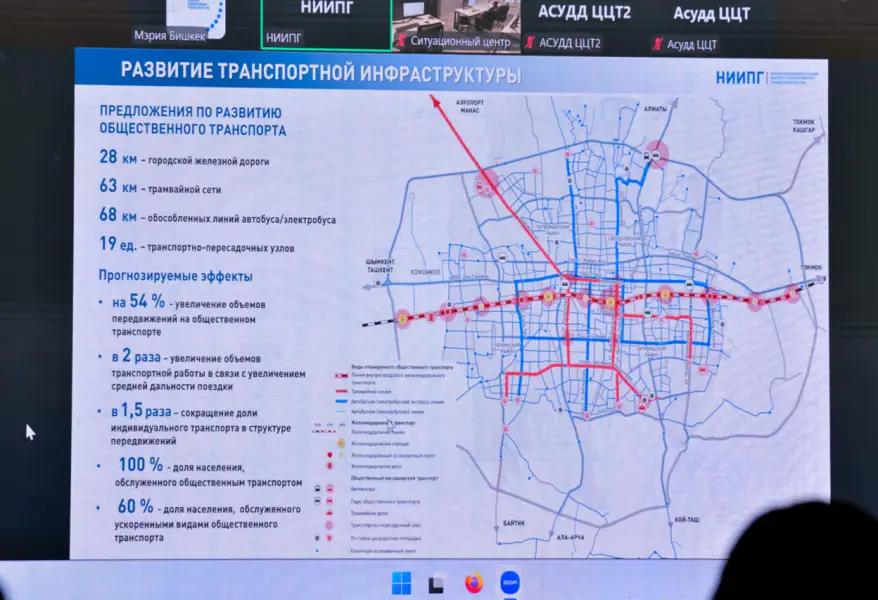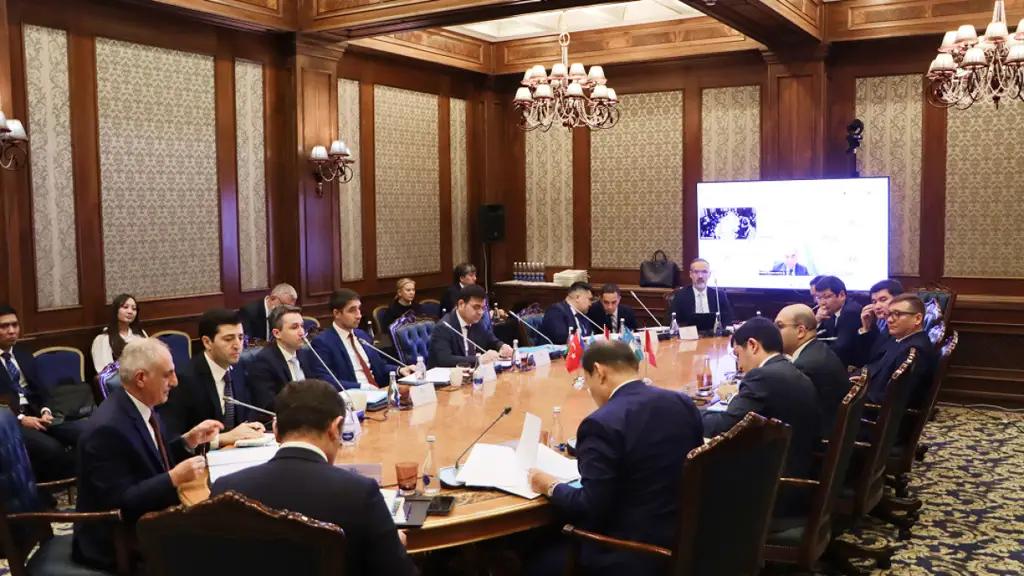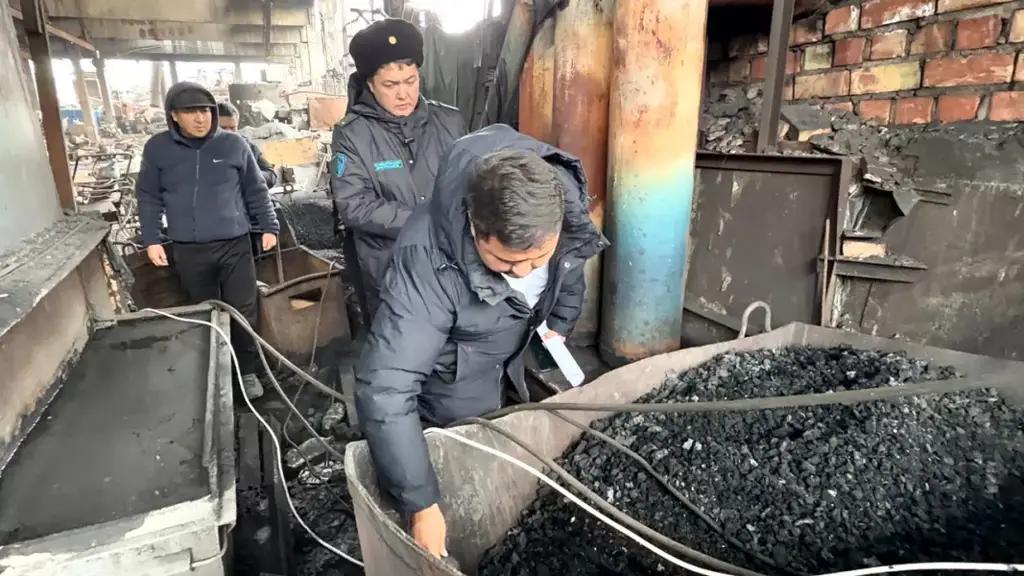
Published
10/15/2025, 08:54Bishkek is preparing for a radical overhaul of its transport system. The developers of the capital's Master Plan for 2050 have proposed a set of measures designed to break the vicious circle of traffic jams, illegal parking and chaotic traffic, transforming Bishkek into a city where public transport is the main mode of travel.
According to data from the Research Institute for Prospective Urban Development (St. Petersburg), 85% of Bishkek's central streets are congested, and three out of four roads in the centre are effectively used as parking lots. Traffic flows between the north and south are blocked by railway crossings, and car ownership has increased 1.5 times — there are now about 330 cars per thousand residents.
To reverse the situation, developers propose switching to a radial-ring transport model. It provides for:
The main principle is that transit should bypass the centre, and priority in traffic should be given to public transport rather than private cars.
Today, only 36% of city residents use public transport, with 87% of buses overcrowded and an average speed of 10 kilometres per hour. As a result, travel time exceeds the norm by 63%.
At the same time, 2,000 hectares of urban areas remain without access to public transport.
The solution is to create a fast, connected and convenient system:
According to experts' estimates, the implementation of these measures will make it possible to:
The master plan also provides for the expansion of the airport, the construction of 183 km of railway and 89 km of road bypasses, 224 km of new highways and 9 overpasses.
For the first time, the master plan proposes not to patch up roads, but to systematically change the urban traffic logic. Bishkek, where traffic loads have long exceeded the capacity of the infrastructure, may have a chance to become an example for other cities in Central Asia.



